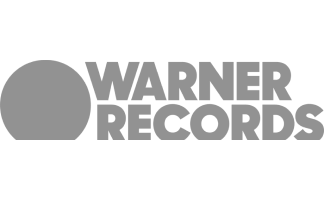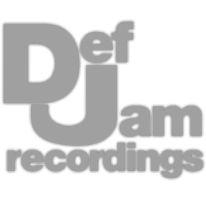1 of the Biggest Myths in Home Studio Recording
If we’ve heard it once, we’ve heard it a hundred times - don’t record too hot in a digital recording set up. The reason for this being, that by doing so, you’re limiting your headroom.
But is this truly the case? Does recording hotter really mean you won’t have any headroom?
Furthermore, could there be valid reasons for recording your signal hotter?
It's not required to record at a low level when recording into digital. You can record at the highest level that a Digital Audio Workstation can accept without truncating (clipping) the signal. Digitally recording louder than the maximum level a DAW can accept can cause unpleasant distortion.
So, follow along as we debunk one of home recording’s biggest myths.
Testing the Myth:
To test the validity of this myth, we first need to record 2 tracks, using the same signal, but with differing preamp levels.

Above is the same signal recorded twice, using two different preamp settings.
In our example, one track was recorded at roughly -18dB, the level typically recommended for digital recording.
The other, roughly -3dB, which is considered a ‘hot’ signal.
If recording the two at different levels created a substantial difference, we should be able to hear it.
In order to get a good A B comparison between the two, let’s increase the clip gain of the ‘Low Preamp Gain’ recording to match the original gain of the ‘High Preamp Gain’ recording.
Take a listen to the ‘Low Preamp Gain’ recording adjusted with clip gain:
And then the ‘High Preamp Gain’ recording:
Could you tell a difference? If not don’t worry, you’re probably not alone.
Next, let’s perform a null test.
By inverting the phase of one of the tracks, then playing both simultaneously, we should be able to tell the difference between the two.

A utility plugin used to invert the phase of one track, and effectively perform the null test.
Take a Listen:
It seems that the signals were so similar, that only a very minute signal can be heard as a result of our null test.
This means that they’re almost identical.
What does this mean for our original question?
It means that you can always record louder, and then decrease the volume of your track. It means that no matter what, you can control how much headroom you have by using clip gain.
Additionally, it demonstrates that the THD, or total harmonic distortion of some preamps is almost completely linear.
In other words, you can increase the gain of certain preamps, without causing an alteration in the sonic characteristic of the signal, other than the volume.
Also, THD caused by increasing a preamp’s gain is so pleasant, it has resulted in that preamp becoming renowned for it’s desirable sonic characteristics.
Conclusion:
Simply put, the idea you need to record quietly in a digital workstation is completely false. The notion is based on completely fictitious and unfounded claims and should most definitely be taken with a grain of salt.
Although recording quietly can be advantageous in certain situations, our test here has proven that those are few and far between.
With this in mind, if you ever hear a blanket statement about how you should do something in audio, take a moment to step back, and ask if it’s true, or maybe just a speculative claim.
How loud do you record your signal?




